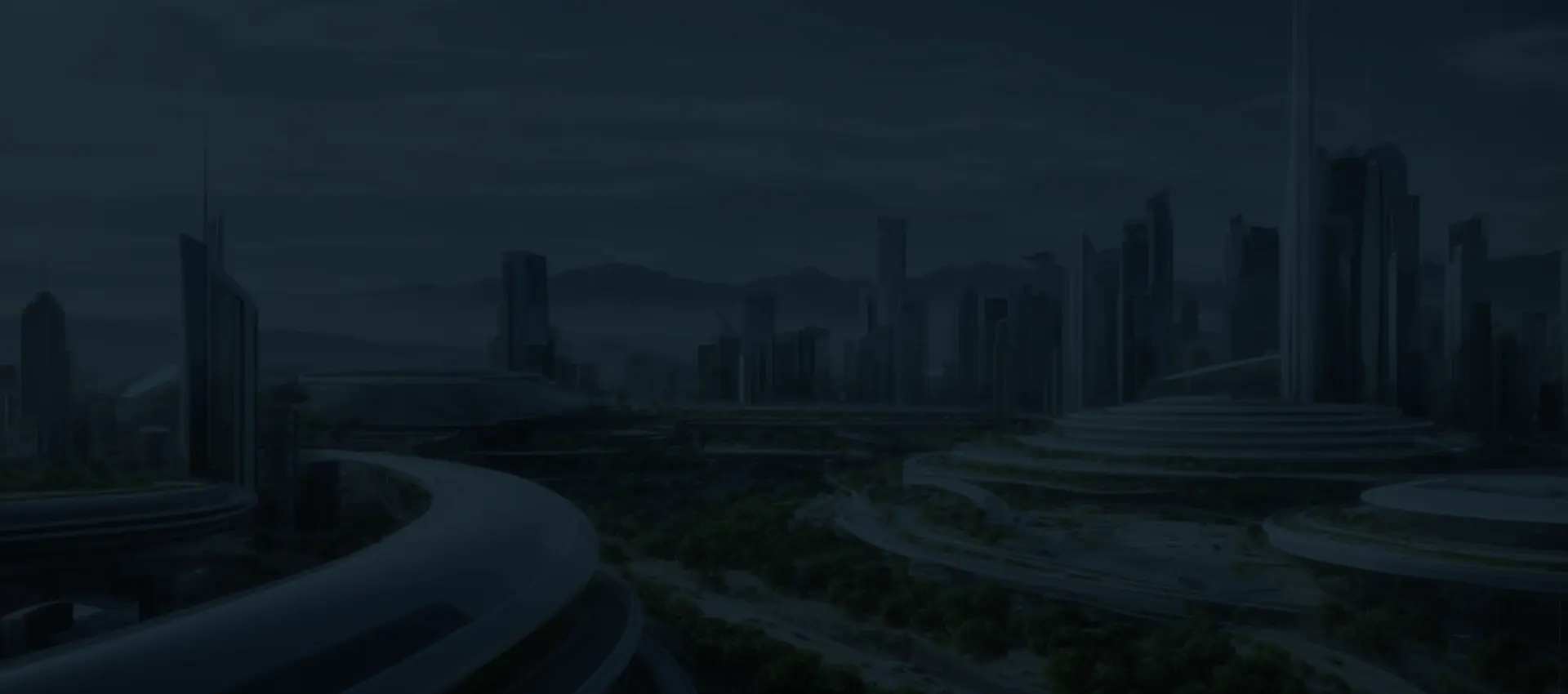
Design for Future Challenge
A Nationwide Design Competition Organized by


HCLTech, India



HCLTech, India

Along with a certificate of appreciation (their photos and school names will be shared on SNIoE social media handles).
Along with a certificate of appreciation.
Department of Design, Shiv Nadar University, Delhi NCR, believe that most of the wicked problems we face today can be solved by visualizing a desirable future and working towards that imagined future into reality. Every radical innovation starts with an imaginative jump from present realities to future possibilities. As a prospective dweller of a future city, the Design for Future Challenge invites you to showcase your intelligence in identifying and designing solutions for the problems and needs of a future city in the year 2050.

United Nations estimated that the world population will grow from 7.6 billion to 9.8 billion by 2050. People have imagined future cities, sometimes called smart cities, to sustain such a vast population. The term 'smart' has multiple meanings, ranging from Industrial and domestic applications of Artificial intelligence and immersive Technologies like AR, VR, XR, etc., to different sustainability-related practices. As a prospective dweller of such a future city, you are invited to identify the problems and needs of a future city in the year 2050 and showcase your solution.
Imagine a future city in the year 2050. You may think of the future city-dwellers (like individuals, families, elderly, people with special needs, people from different strata of society, working class (engaged in white, blue, and black-collared jobs), students, shopkeepers, vendors, hawkers, migrated population, visitors and tourists, etc. You may think of future homes, Schools and Colleges, Hospitals, Government Offices, Municipal Bodies, Industrial Units, NGOs, Banks, Sports and Recreational Areas, Monuments and Heritage Sites, etc. You may think of the various future aspects of Society, Environment, and Economy like Healthcare, Education, Law and Order, Transportation, Power and Energy, Sanitation and Waste Disposal, Agriculture, Water Management, etc. Imagine the future city 2050 regarding some aspects mentioned above and identify one problem. Using your creativity and imagination, devise an innovative and smart solution. The outcome can be a solution concept on paper illustrating a tangible Product and/or System Design, or a Web/Mobile Application Design, or Visual Design that would address the identified problem.
A team may choose to work on any one of the following problem areas (but not limited to):
 Smart Home
Smart Home Smart Agriculture
Smart Agriculture Smart Transportation
Smart Transportation Climate Smart Cities
Climate Smart Cities Future of Water
and Sanitation
Future of Water
and SanitationThere will be two rounds of assessment for selecting the final winners.
All the entries will go through the shortlisting process. Entries that do not meet the submission guidelines and specifications will be disqualified. Reproducing or copying any existing work or solution will also lead to disqualification. You need to acknowledge the source if any existing work inspired you.
In the first round, shortlisted entries will be assessed based on how well you have visualized the scenario, identified the problem and how innovative your outcomes are. The top 20 entries will be selected for the second and final round.
The top 20 entries qualifying for the first round will be invited for a short presentation in front of the jury members consisting of delegates from HCL Tech and design experts invited by the Department of Design, Shiv Nadar University.
Winners will be announced based on the presentation, including visualization of the future scenario, problem identified, solution proposed, and quality of illustrations.


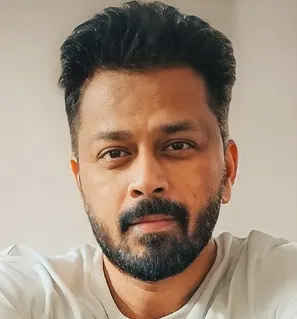 Faisal Siddiqui Associate General Manager
Faisal Siddiqui Associate General Manager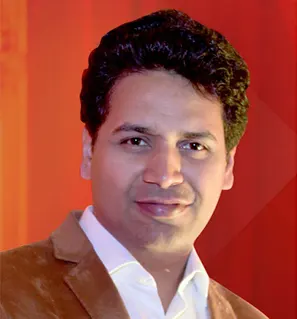 Chander Prakash Pandey Manager - Creative Design
Chander Prakash Pandey Manager - Creative Design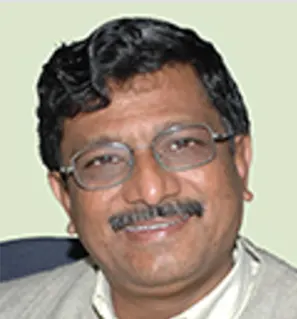 Prof. Pradeep Yammiyavar Distinguished Professor and Advisor
Prof. Pradeep Yammiyavar Distinguished Professor and Advisor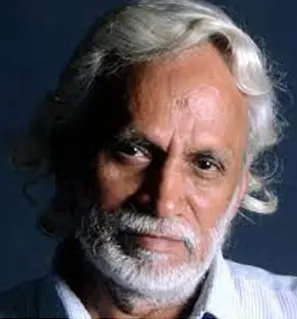 Prof. Singanapalli Balaram Veteran Industrial Designer, Educator and Storyteller
Prof. Singanapalli Balaram Veteran Industrial Designer, Educator and Storyteller